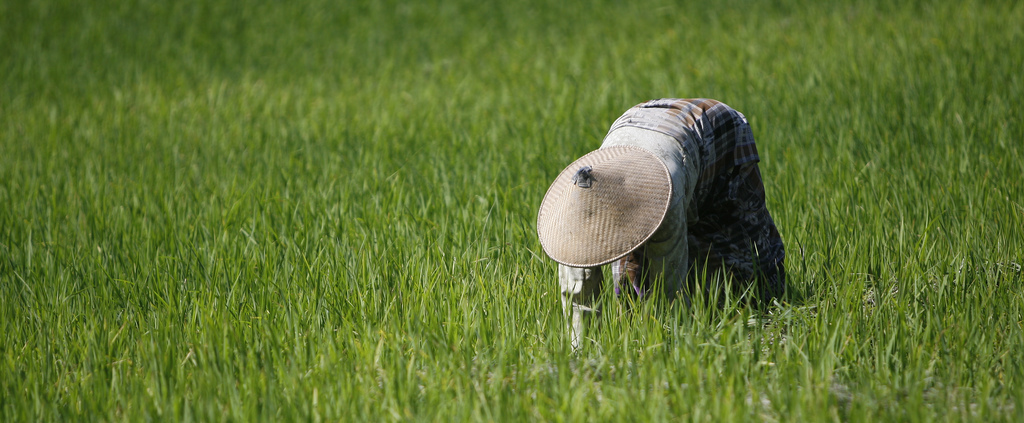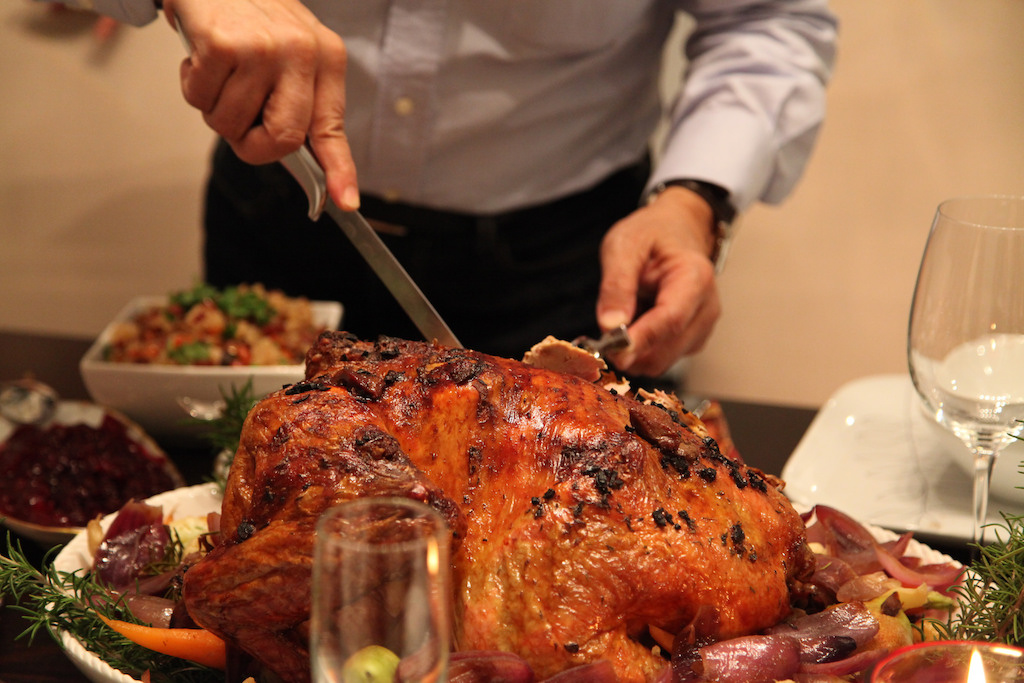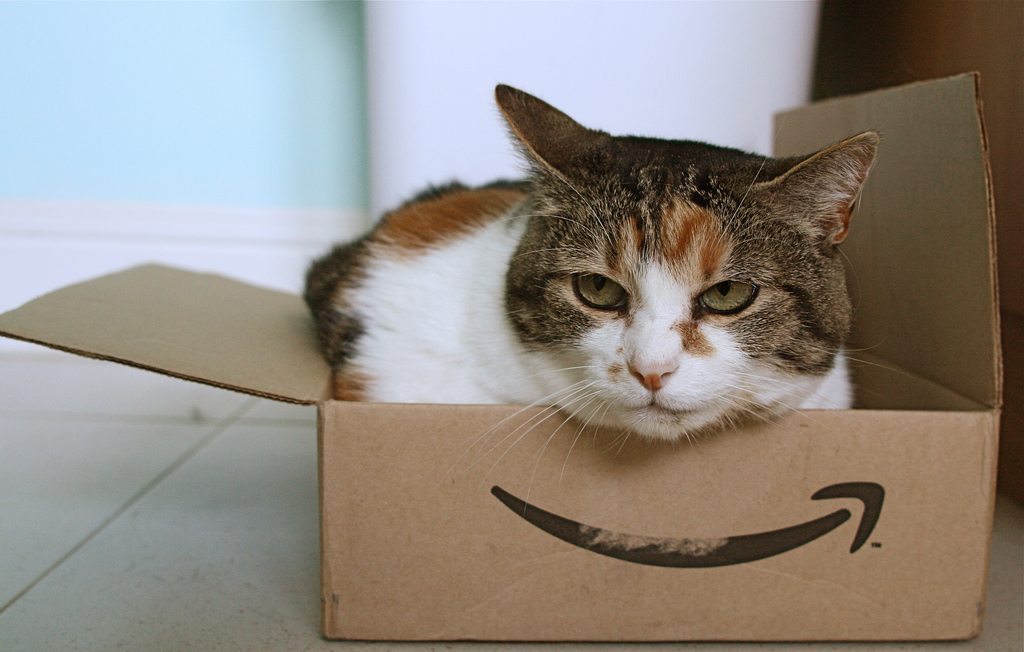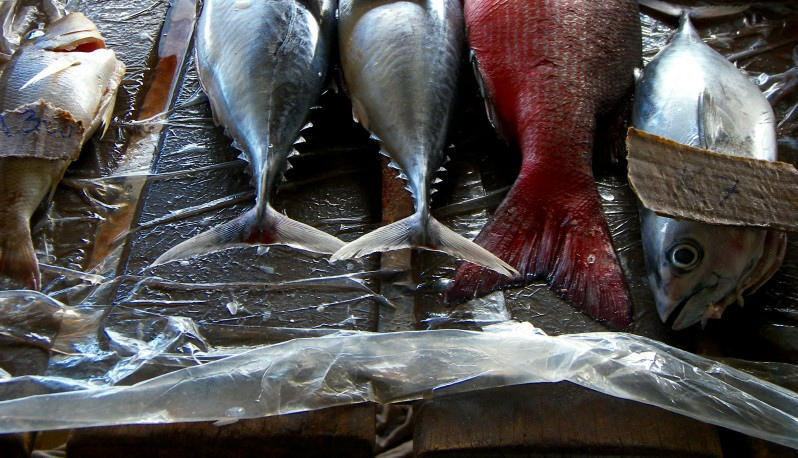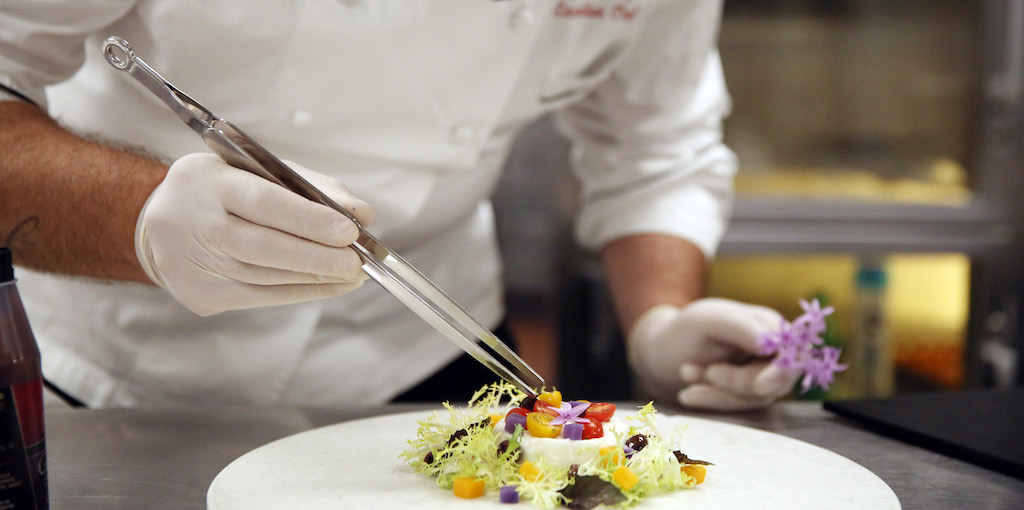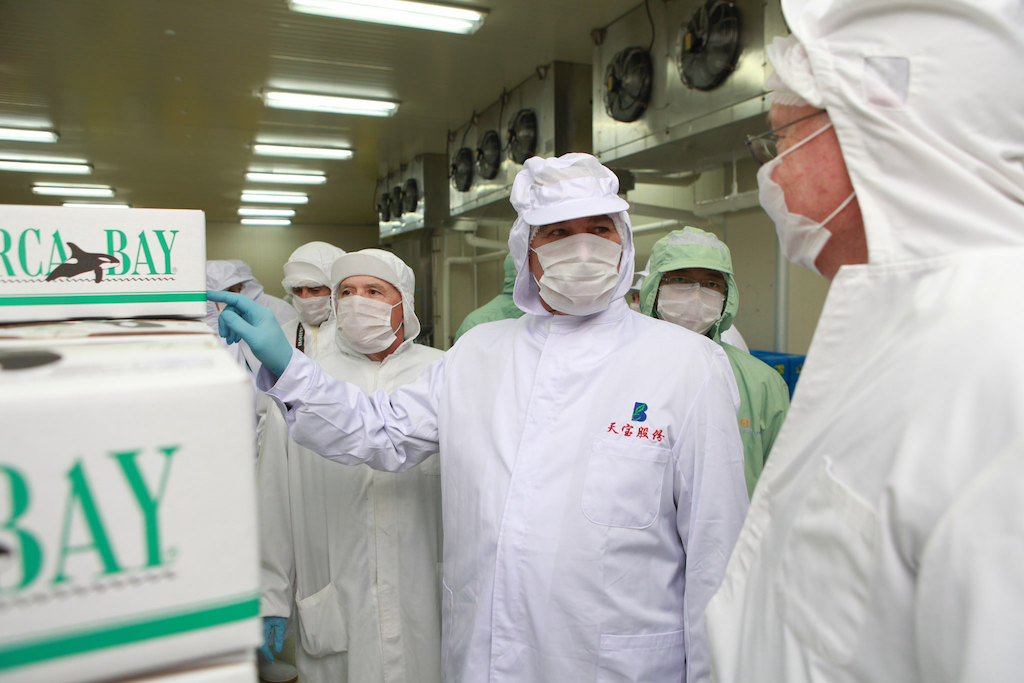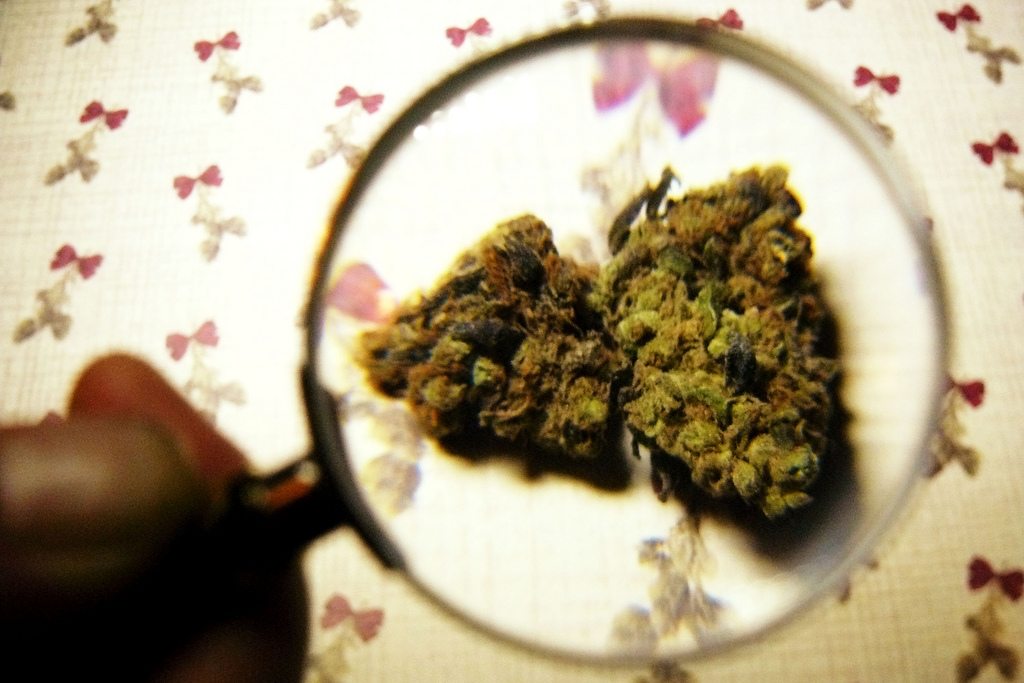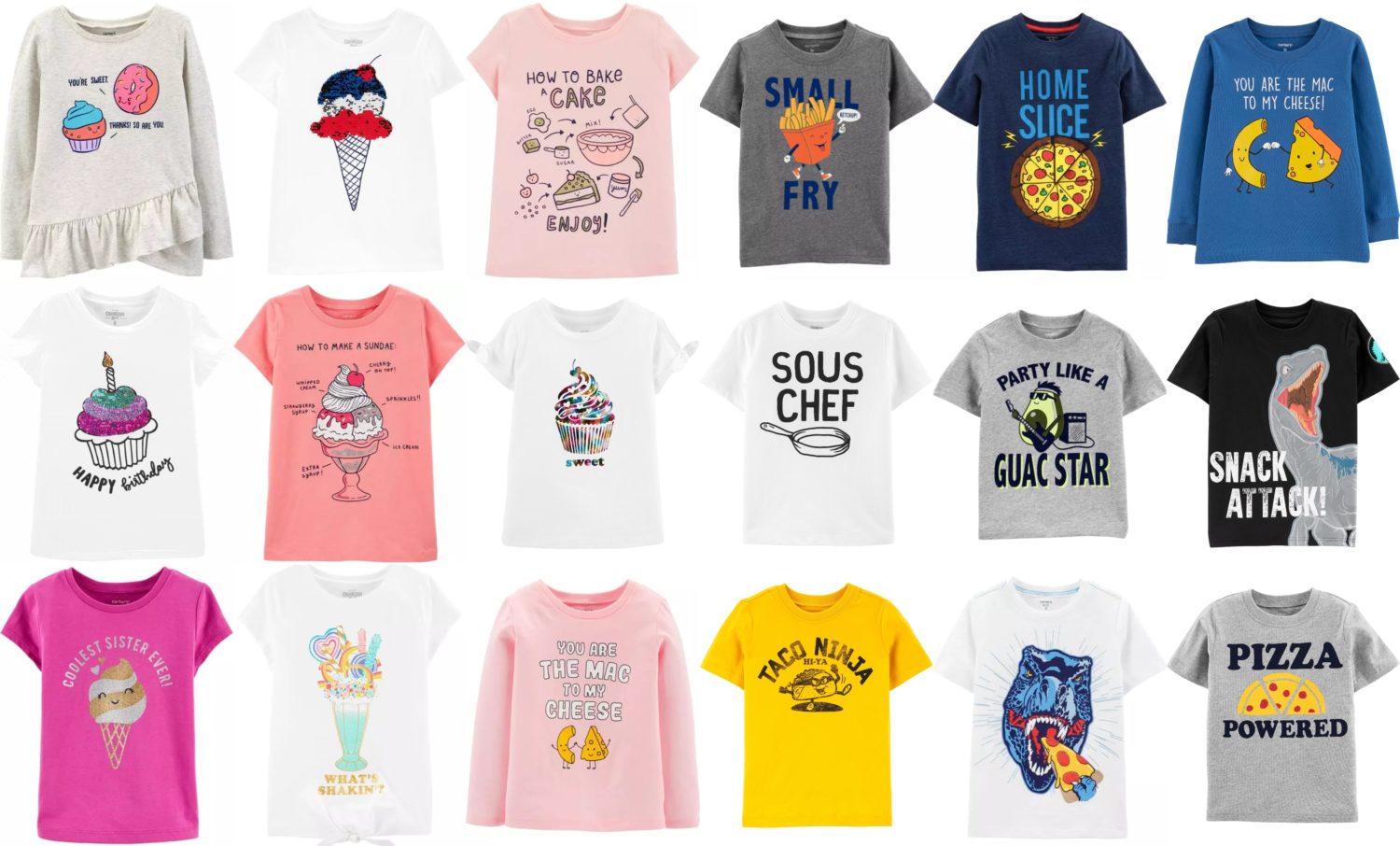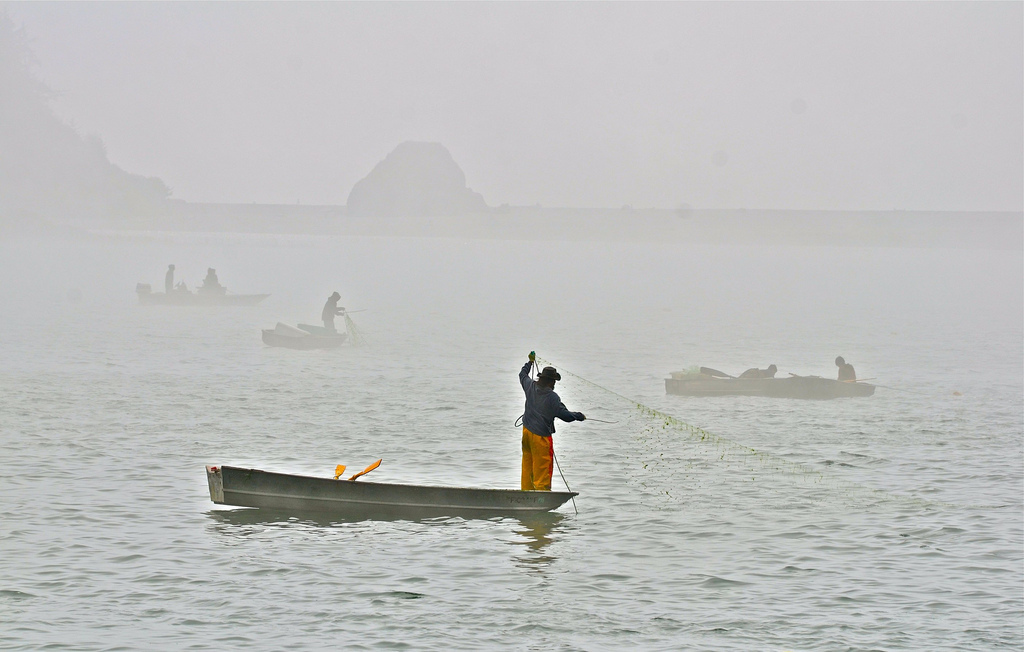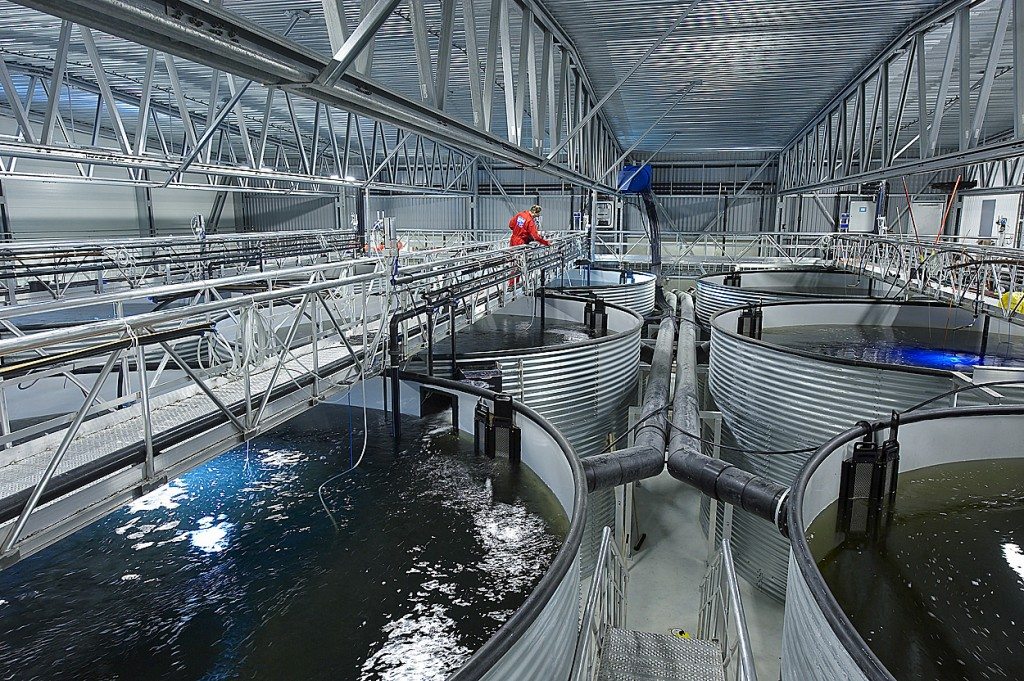
AKVA Group
June 27, 2017 — On a hill above the cold waters around Prince Edward Island, technicians painstakingly create fertilized Atlantic salmon eggs that include growth-enhancing DNA from two other fish species. The eggs will be shipped to tanks in the high rainforest of Panama, where they will produce fish that mature far more quickly than normal farmed salmon.
More than 20 years after first seeking approval from the U.S. Food and Drug Administration, AquaBounty Technologies of Maynard, Massachusetts, plans to bring these “AquAdvantage” fish to the U.S. and Canadian markets next year. And in the small village of Albany, Indiana, workers will soon begin converting a land-based aquaculture facility to produce 1,200 metric tons (about 1,300 U.S. tons) of these salmon annually, in the first U.S. facility to generate GE animals for human consumption.
The company also plans to open a second aquaculture facility at Prince Edward Island — if it can can rise above its latest round of legal battles and persuade grocery stores and restaurants to snap up the genetically engineered fish.
Before the FDA cleared the salmon for consumption in 2015, in its first approval for GE animal protein as human food, it received 1.8 million messages opposing these fish. Perhaps more substantively, many outside researchers remain concerned about AquaBounty’s plans.
Safety and Nutrition
Aquaculture specialists generally aren’t skeptical about whether the fish will be healthy to eat, although that’s one issue hinted at in a lawsuit multiple organizations, including Friends of the Earth, have filed against the FDA.
 Ensia
Ensia Genetic material from Chinook salmon and ocean pout allows transgenic Atlantic salmon to mature far more quickly than non-GE fish.
“This is a poorly studied, risky and unlabeled genetically engineered fish,” she says, adding that more than 80 U.S. grocery chains are committed not to buy it.
However, Health Canada eventually concluded that fillets derived from AquAdvantage salmon “are as safe and nutritious as fillets from current available farmed Atlantic salmon,” and approved the fish for consumption in 2016.
“There’s no reason to suspect these fish from a food safety perspective,” says Cyr Couturier, chair of aquaculture programs at Memorial University’s Marine Institute in St. John’s, Newfoundland. “They have no unnatural products that humans wouldn’t otherwise consume.”
Similar transgenic salmon created by a decades-long Fisheries and Oceans Canada research program tested well within normal salmon variations, adds Robert Devlin, engineering research scientist at the agency in North Vancouver, British Columbia.
But critics do raise two other main concerns about AquaBounty’s quest: the economic sustainability of the land-based approach, and the environmental risk to ecosystems if the fish escape.
Fish on Land
AquaBounty will raise its GE fish in land-based recirculating aquaculture systems, known as RAS — basically huge aquaria designed to minimize water use, maximize resources and accommodate high stocking densities.
“While farming salmon in sea cages is less expensive and less technologically complex than a land-based farm,” the company’s website points out, “sea cages are susceptible to a number of hazards such as violent storms, predators, harmful algal blooms, jellyfish attacks, fish escapes, and the transmission of pathogens and parasites from wild fish populations.”
Given the potential opportunity to achieve greater production control and avoid some of the environmental concerns of sea farms, many RAS projects have launched around the world in the past decade. However, most of these projects are small, and many have failed or are struggling.
The big problem is cost. RAS facilities need much more capital than ocean farms with similar production rates, and they’re expensive to operate.
“Land-based systems use a lot of freshwater, even though it’s recirculated, and a lot of electricity,” notes Couturier. Such systems “operate at an economic disadvantage because much of their cost goes toward creating growing conditions occurring naturally within the ocean,” summed up one 2014 report that found producing Atlantic salmon in Nova Scotia would not be economically feasible.
 Aquabounty Technologies
Aquabounty Technologies GE salmon are more efficient at converting feed to flesh than other common food animals, offering opportunities to minimize the cost and environmental impact of food production.
The company also says that salmon in its RAS facilities won’t need vaccines or antibiotics because it will tightly control conditions. However, “they will have some disease issues of course, as will any animal that’s reared in high densities,” Couturier predicts.
If AquaBounty can compete on cost, there will be some justification for promoting its product as “the world’s most sustainable salmon.” In addition to requiring less feed, growing fish to market in Indiana or Prince Edward Island can slash the high carbon costs of flying fish from Norway or Chile, two leading suppliers of farmed salmon in the U.S.
Still, says Couturier, “I wish them all the best, but I think it will be a small-scale niche for at least a decade.”
Losing GE Fish
Many aquaculture scientists remain uneasy about the environmental risk to wild ecosystems if transgenic fish slip out of their farms.
Although other agencies will presumably be involved in assessing risk as the projects advance, “the FDA has no in-house capacity to evaluate or understand the ecological consequences of transgenics in an aquatic ecosystem,” says Conner Bailey, professor emeritus of rural sociology at Auburn University in Alabama. “And once you get anything into an aquatic ecosystem, it’s really hard to control.”
AquaBounty’s protection scheme begins with multiple levels of physical barriers in its RAS facilities. Additionally, the salmon are all female and “triploid” (their DNA is in three rather than two sets of chromosomes) so they can’t reproduce. However, scientists point out that neither of these measures can be 100 percent effective at preventing transgenic fish from escaping, disrupting local ecosystems and potentially breeding in the wild.
More generally, while AquaBounty is committed to land-based systems, there are concerns that it’s also creating far more GE eggs than it needs for its own production. Other industry groups, such as the Atlantic Salmon Federation, worry that other producers AquaBounty sells to might not be so careful, or that other companies around the world might move ahead with similar projects but without the same precautions. And all bets on risk are off if GE fish are raised in the ocean, where fish routinely escape, sometimes in large numbers.
Devlin’s group has extensively modeled the results of accidental releases, studying groups of transgenic and non-transgenic fish in “naturalized” aquatic test beds that are exposed to variations in conditions, such as food supply. Transgenic fish often behave quite differently, and the results have varied from peaceful coexistence to one experiment in which fully transgenic fish killed off all their competitors. “In the multitude of different environments that exist in nature, the uncertainty is too great to make a reliable prediction of what the impact would be,” he says.
GE or Selective Breeding?
Does the fast growth of AquAdvantage salmon justify taking on these unknown risks?
Scientists point out that today’s selective breeding research programs, built on genomics and other tools of modern biology, also have turbocharged fish development. “Some strains of rainbow trout, which have been selected for fast growth for 150 years, grow incredibly fast compared to wild-type fish,” Devlin says. In fact, he says, his lab work across various species suggests that “the absolute fastest growth you can achieve either by domestication or by transgenesis seems to be very similar.”
“Today’s farmed salmon have had more than 10 generations of selection applied to them, and they are growing at more than double the rate compared to the 1970s,” says Bjarne Gjerde, senior scientist at Nofima in Tromsø, Norway.
Farmed fish also must excel in many traits besides growth, such as disease resistance and food quality, he emphasizes. “Most of the traits we are breeding for are governed by many, many genes with small effects,” he says. “That’s a real challenge if you just want to take short cuts with genetic engineering.”
When and if AquaBounty rises above all its challenges into a groundbreaking success in North America, the firm will send a signal around the world to unleash efforts for commercializing GE fish, observers say.
Friends of the Earth’s Perls remains hopeful that legal barriers and consumer boycotts will stop AquaBounty in its tracks. If not, “GE salmon could set a precedent to the approval of other GE animals in the pipeline, from fish to chickens, pigs and cows,” she says. “It is critical that we don’t approve other GE animals without robust regulations and full environmental reviews to ensure that we’re prioritizing human and environmental safety over profit.”
“Fish are probably where transgenic animals will emerge, because it’s much cheaper to maintain a herd of catfish or salmon than cattle or sheep or pigs,” says Bailey.

